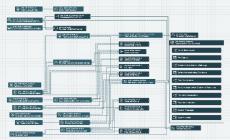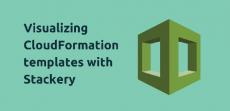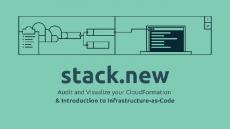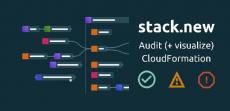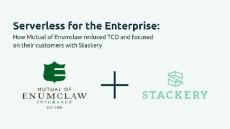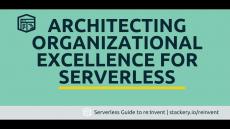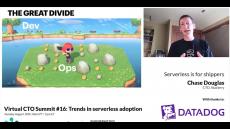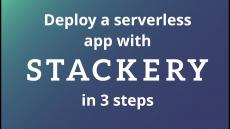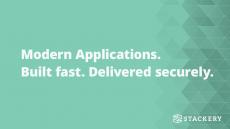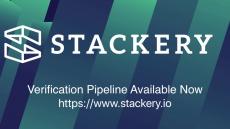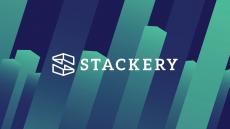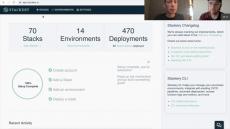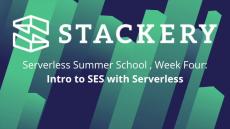- June 2021 (1)
- May 2021 (1)
- April 2021 (4)
- March 2021 (4)
- February 2021 (1)
- December 2020 (5)
- November 2020 (3)
- October 2020 (7)
- August 2020 (2)
- July 2020 (2)
- June 2020 (1)
- May 2020 (1)
- April 2020 (8)
- March 2020 (4)
- February 2020 (6)
- January 2020 (3)
- December 2019 (8)
- November 2019 (4)
- October 2019 (3)
- September 2019 (4)
- August 2019 (10)
- July 2019 (10)
- June 2019 (8)
- May 2019 (7)
- April 2019 (7)
- March 2019 (1)
- February 2019 (11)
- January 2019 (6)
- December 2018 (3)
- November 2018 (10)
- October 2018 (9)
- July 2011 (1)
- June 2010 (1)
Building complex applications with serverless can be daunting. Stackery allows you to build out complete applications in AWS Lambda quickly. Stackery takes the heavy lifting out of integrating existing cloud architecture with serverless.
Stackery allows developers to build features without needing to spend unnecessary time on tools. Centralized deployment automation, new service bootstrapping, and multiple environments come standard out of the box. Build fully customized serverless stacks with confidence in minutes.
Always know what’s happening with your serverless applications with built-in monitoring of request limits, response times, bandwidth, and errors. Stackery integrates seamlessly with GitHub so all of your configuration files are stored to your repository automatically. Effectively manage changes across multiple AWS accounts, regions and devops teams.
Stackery is the way teams build and manage serverless infrastructure quickly:
- More Than Just a Framework: Stackery provides more than just the basics for serverless development. It allows teams to build professional applications and manage them through the entire lifecycle.
- Write Code, Not Configuration: Don't spend all your time writing YAML. Stackery empowers teams to instantly provision new environments and resources efficiently.
- Instantly Monitor & Scale: Stackery is the complete serverless platform engineered for growth. Build, deploy, monitor and scale all from the same operations console.
The Complete Solution for Building, Managing and Operating Serverless Applications.





